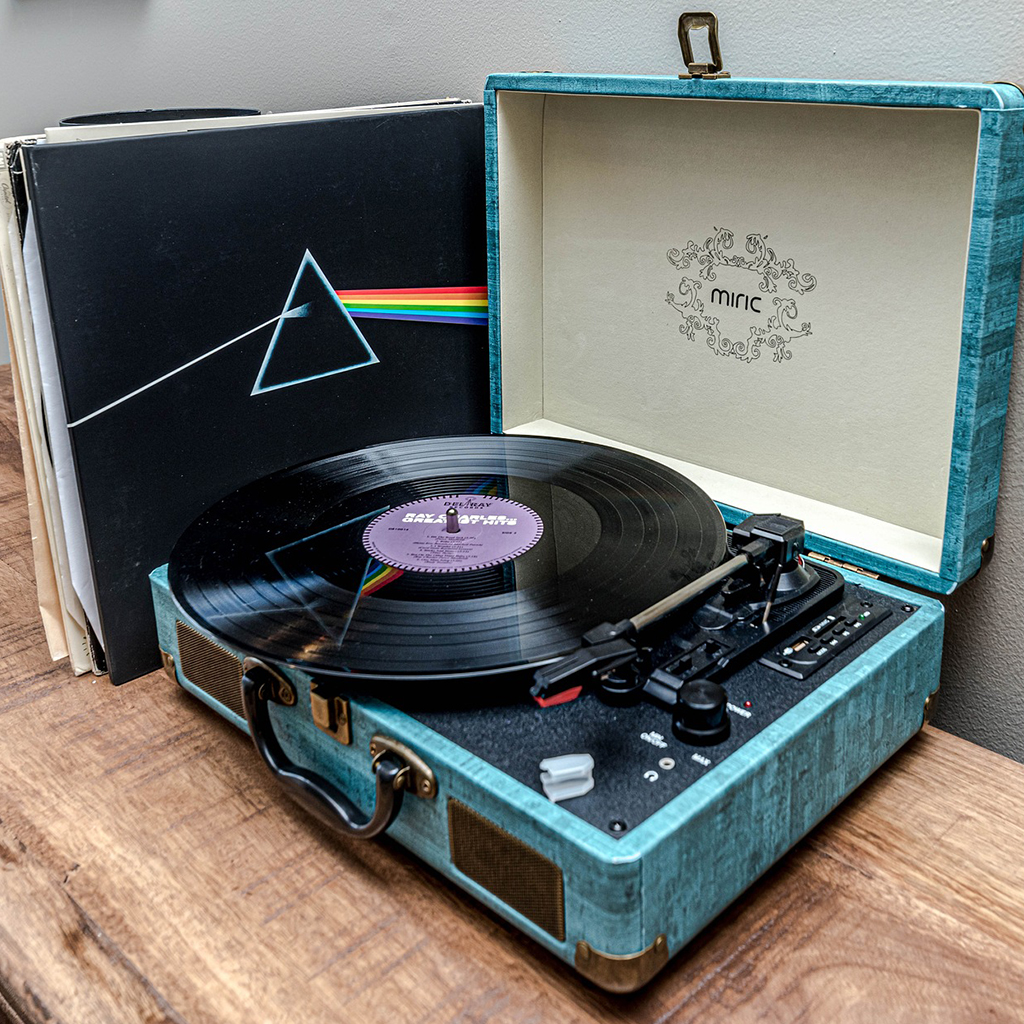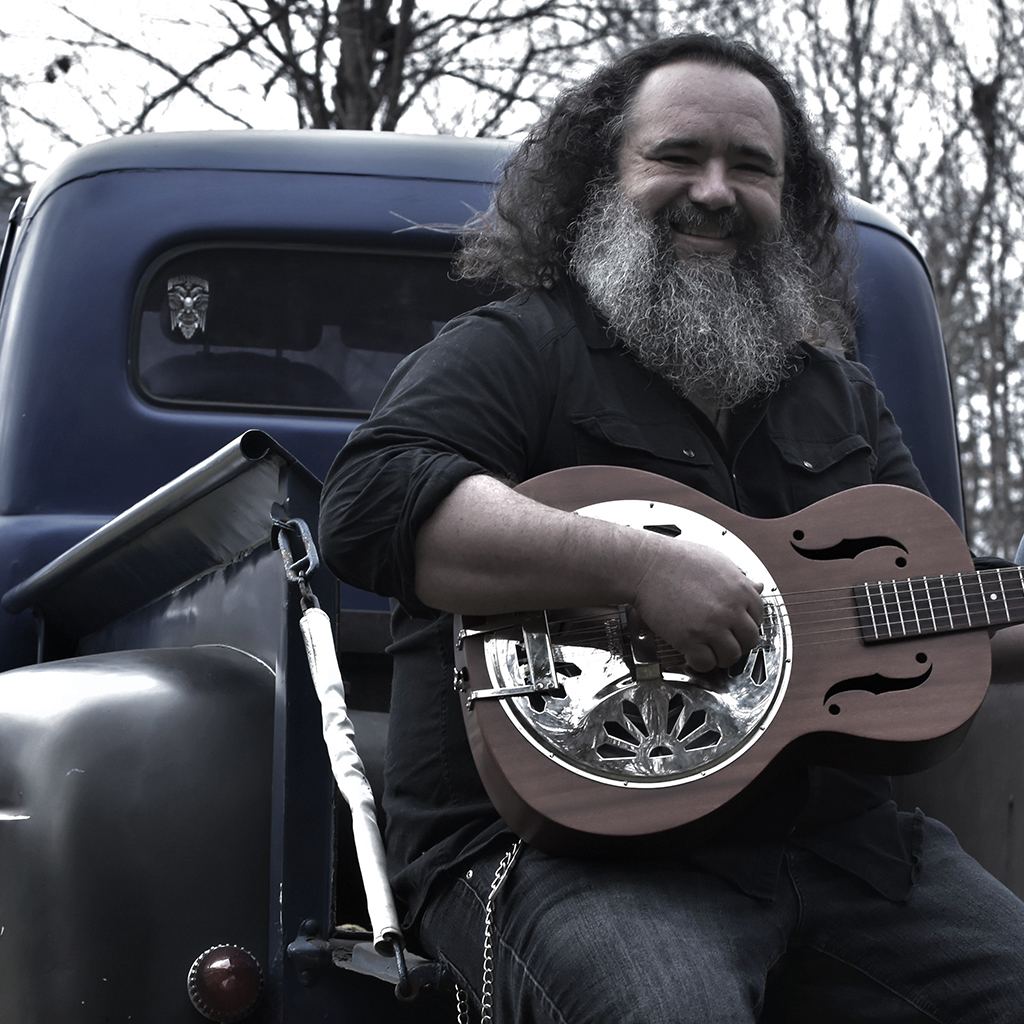
Bringing It All Together Now – In 1994, Paul McCartney, Ringo Starr and the late George Harrison, along with producer Jeff Lynne (of Electric Light Orchestra Fame), gathered at McCartney’s studio to work on (what was considered) the final songs by The Beatles.
John Lennon was there in analog spirit via a cassette of demos given to McCartney by Yoko Ono before the sessions. Part of the Beatles Anthology television series and albums, the sessions gave the world two new songs: “Free As A Bird” and “Real Love.” Lennon’s cassette demos formed the basis of these songs, with what technology was available at the time being employed to separate the voice and piano as best as possible.
There was also a third song, though the demo was deemed too problematic to work with. At least, it was before the modern age of Artificial Intelligence (AI) and the new tools made possible by it.
What is it about The Beatles?
The Beatles had a much larger hand in music and culture, beyond their catalogue of songs, than most people probably realize. If their legacy was just that, it would still be quite a legacy, with records continuing to be played and shared between generations.
Even today, several new artists such as Billie Eilish, who wasn’t even alive when the Beatles Anthology came out, count The Beatles as a major musical influence:
Many of the innovations and practices they’ve used in the studio continue to proliferate modern recordings. So much so that Waves Audio digitally modelled much of the equipment they used at Abbey Road Studios so that anyone could access those sounds in their studios.
Numerous books about their music have been written, their songs transcribed, and their history documented. You can even take courses on their music and legacy at several universities and colleges, including The Berkley College of Music, The University of Rochester, and The University of Liverpool, among many others.
YouTube itself is also full of channels devoted to their music, from analysis to song breakdowns to Top 10/20/whatever lists, to lessons on how to play their music, to covers of their songs, including videos by the likes of Paul Davids and Mary Spender:
With AI becoming more prevalent, The Beatles are making the news again.
Daddy’s Car
“Now And Then” was not the first time The Beatles and AI have been mentioned in the same sentence. Some people may remember a song called “Daddy’s Car.”
In 2016, the Sony Computer Science Laboratory used an artificial intelligence system called Flow Machine to create a very Beatle-esque song. Having been fed large amounts of music as training data, the song generated by the AI engine contained many “Beatle-esque” items (sounds, chord progressions, etc.)
Since then, several more instances of AI-generated music have been seen in the world, ranging from background music in videos to actual artists being imitated (the song “Heart on My Sleeve” by an AI version of Drake is one of the prime examples). But what if AI was not used simply to copy an artist but to do the impossible, such as separating sound sources on a recording?
From Get Back to Now And Then
In November 2021, The Beatles: Get Back was released on Disney+, giving the world their first look at footage from the Let It Be recording sessions and the famous rooftop concert above Apple Corp.
Peter Jackson and his team spent four years sifting through hours and hours and hours of footage to compile the 9-hour docu-series, giving the world a candid look at what the group’s recording sessions were like at the time. The work also included using machine learning and AI to separate and clean up the audio, allowing for clear sound and better control of the mix by the producers.
“Now And Then” was a song on the cassette that Ono gave McCartney before the Anthology sessions. It was also the problematic demo that was ultimately shelved; because of the recording, there was no way to separate the piano and voice in 1994, making it challenging to incorporate into a new song.
Harrison’s death in 2001 also appeared to have shut the door on any future collaboration, making “Free As A Bird” and “Real Love” the last new material the world would ever hear.
Thankfully, the technology that made the audio in The Beatles: Get Back possible could separate the voice and the piano into two tracks, which could be individually cleaned up and manipulated. Most thankfully, the 1994 session were archived, allowing the acoustic guitars played by Harrison in 1994, when the song was initially attempted, to be included.
With that, McCartney and Starr could give the world one more song that included contributions by all four members. Keeping things in the family, Gilles Martin (the son of producer George Martin) produced the song and helped arrange the string section with McCartney and Ben Foster.
(Fun fact: the string section hired to play the arrangement had no idea that the song they were working on was a Beatles song!)
The song “Now And Then” was released as a single in November 2023, with “Love Me Do” as the second side of the single. A behind-the-scenes documentary and a Peter Jackson-directed music video punctuated the release.
Reviews were generally positive, and the song was a fitting closure to the group’s catalogue. It may not be the strongest song they’ve ever done, but it would have been a shame if this song stayed on the shelf after 1994. Considering McCartney and Starr’s age, the world is a much better place to have a new Beatles song in 2023 than no new song at all.
Bringing this technology home
The technology that made “Now And Then” possible is not out of reach of the small bedroom producer. As Rick Beato demonstrated in his review of “Now And Then,” he demonstrated how this could be done using a service called LALAL.AI:
How many demo recordings can now be reworked with this technology? How many great ideas can be saved? The song brought these possibilities into public consciousness. Using AI in music can now go beyond simple mimicry.
AI separation also made the new mixes of the 2022 release of The Beatles’ Revolver possible. This is good news for those who wish to revisit old albums and rework new stereo and spatial audio mixes when the source material doesn’t allow it or was destroyed (such as in the case of the 2008 Universal Fire).
Time will tell, but the possibilities are exciting.
ABOUT THE AUTHOR:
“Kevin Daoust is a guitarist, guitar educator and writer based in Gatineau, Quebec, Canada. When not tracking guitars for artists around the world, or writing music-related articles around the internet, he can be seen on stage with Accordion-Funk legends Hey, Wow, the acoustic duo Chanté et Kev, the funky Sh-Boom, as well as a hired gun guitarist around Quebec and Ontario. He holds a Bachelor of Music in Guitar Performance from Carleton University in Ottawa, Ontario, Canada.”

